Securing the future of threatened tree giants in Borneo
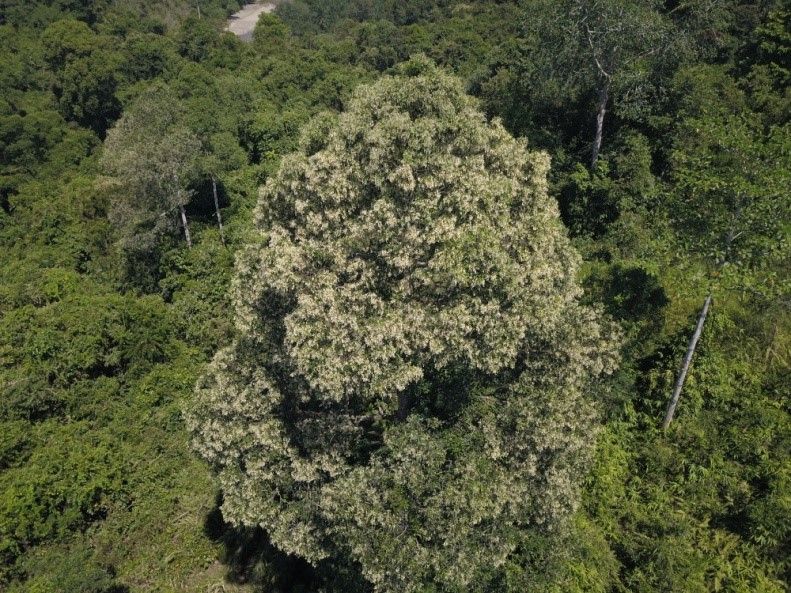
-
Status of project
Completed -
Region
Asia -
Country
Borneo -
Programme
Global Trees Campaign -
Workstream
Saving Plants -
Topic
Tree Conservation
Project completed
Conservation Problem
The most threatened species of the Dipterocarpaceae family in Borneo are missing from ex situ conservation programs & we require better knowledge of these species to improve this situation.
Project Goal
The conservation of 15 Dipterocarp species will be enhanced by improving in situ information via surveys, developing a living collection network & building technical skills of Bornean conservationists to conserve these species.
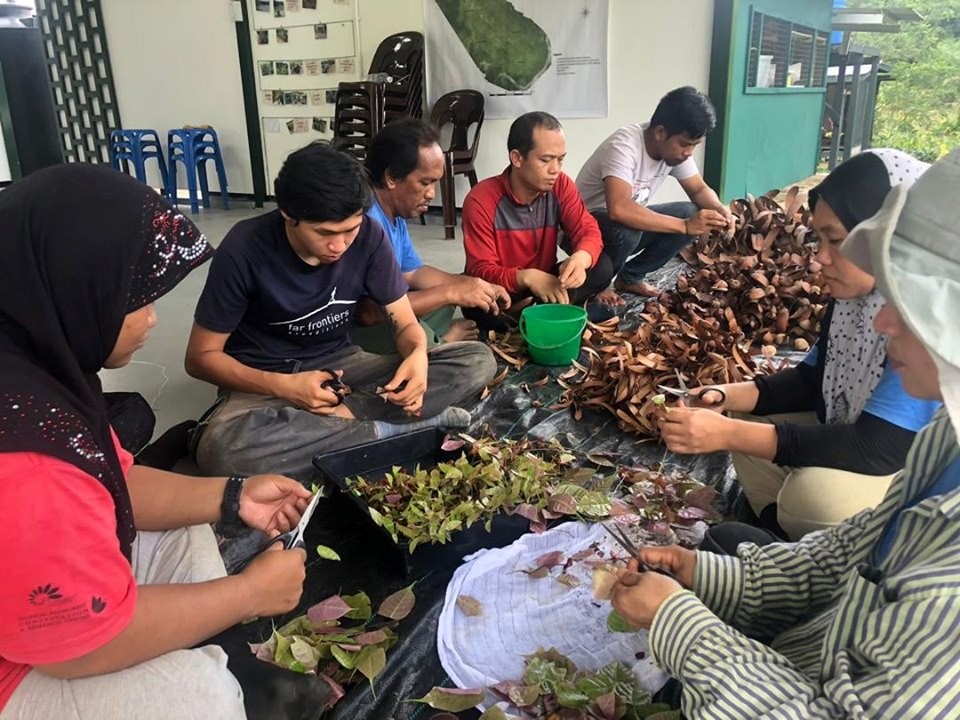
Why these species?
Southeast Asia is one of the world’s plant diversity hotspots, home to approximately 56,000 plant species with an estimated 52% being endemic and found nowhere else on the planet. Borneo is at the heart of this plant diversity centre, hosting many socio-economically important plant species, which play key roles in supporting local and national economies, including the Dipterocarpaceae family, a charismatic (some reaching 90m or more in height) and structurally important group of tree species.
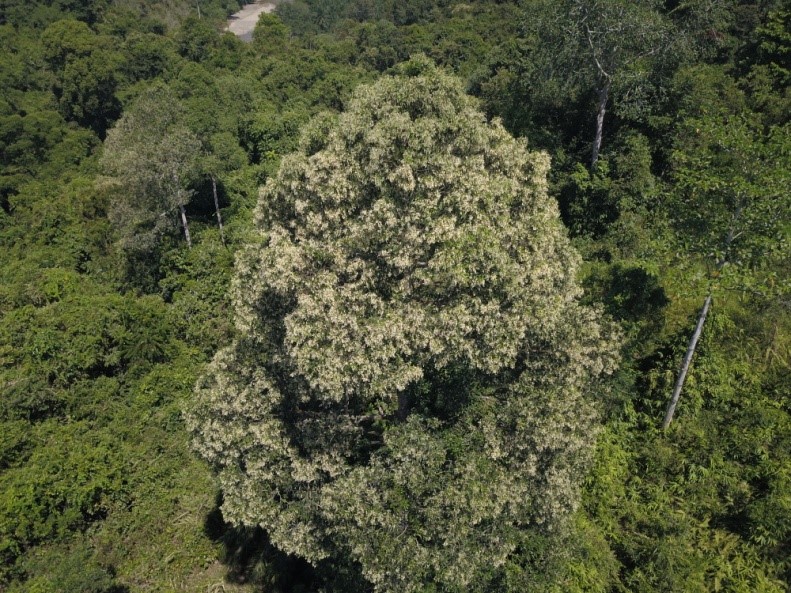
At present, over 350 Dipterocarp species have been assessed as threatened with extinction unless urgent conservation action is taken to secure their future. Species on Borneo have faced population reduction and fragmentation due to timber harvesting, clearance for agriculture including oil palm and urban development. Some remaining populations of Dipterocarps on Borneo exist outside protected areas and are scattered across the Indonesian, Malaysian and Bruneian parts of the island. International collaboration and knowledge sharing for Dipterocarp conservation is needed to scale up the impact of individual Dipterocarp conservation programs.
Some of the most threatened species identified for conservation action due to their conservation status and/or endemicity are Anisoptera reticulata, Dipterocarpus validus, Parashorea malaanonan, Shorea andulensis, S. argentifolia, S. balangeran, S. polyandra, S. richetia, S. superba, S. sympingtonii, Vatica cauliflora, V. chartacea, V. globosa, V. maritima and V. pentandra. The loss of these giant tree species is not only a loss of the great tree biodiversity of Borneo, but also creates cascading negative effects on ecosystem functions such as water security, clean air and associated biodiversity.
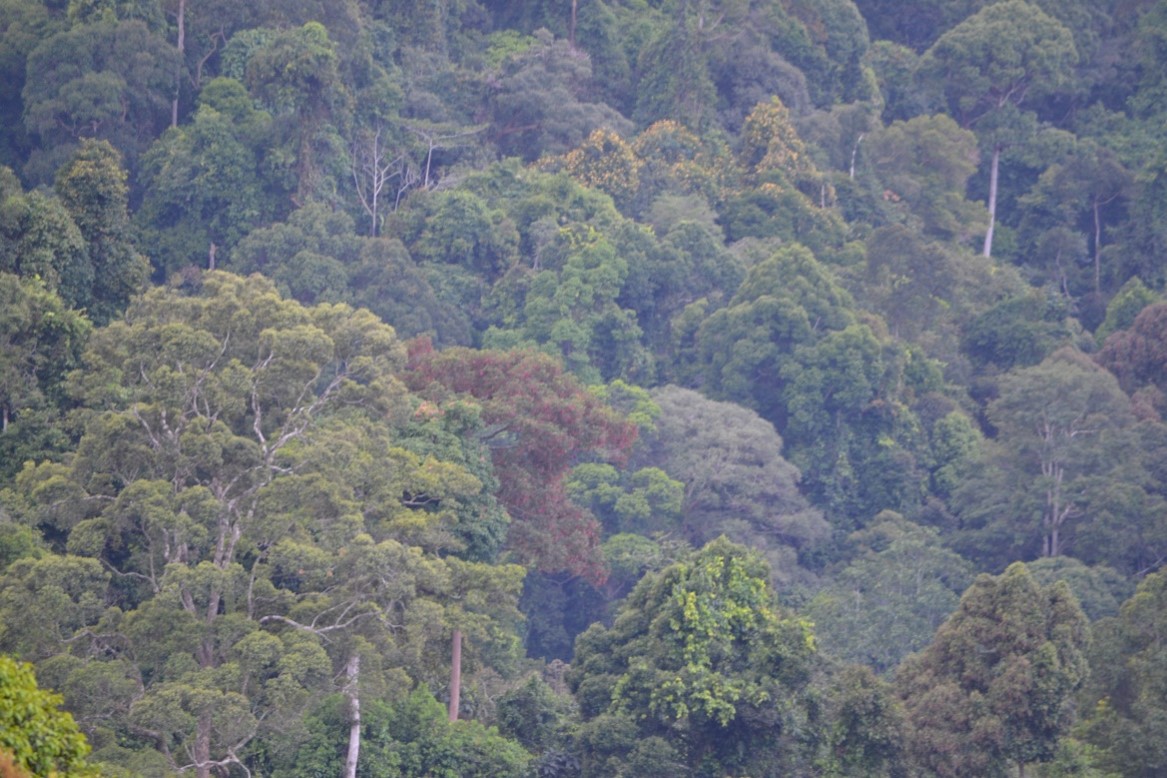
What are we doing about it?
The GTC, working with the Southeast Asia Botanic Gardens (SEABG) Network, in an international collaboration, have identified key partners and species to focus conservation work for Dipterocarpaceae in Borneo. With support from the National Geographic Society, GTC is working with Tropical Rainforest Conservation & Research Centre (TRCRC, Malaysia), Bogor Botanic Garden (Indonesia), Universiti Brunei Darussalam, Botanic Research Centre (Brunei) and Orangutan Foundation International (OFI, Indonesia) to:
- Survey, collect and propagate the species in ex situ collections and for reforestation
- Carry out updated Red List conservation assessments for the target species
- Develop material and carry out training for local conservationists on propagation and plantation of Dipterocarpaceae
- Create outreach material to promote the conservation of Dipterocarps in Borneo
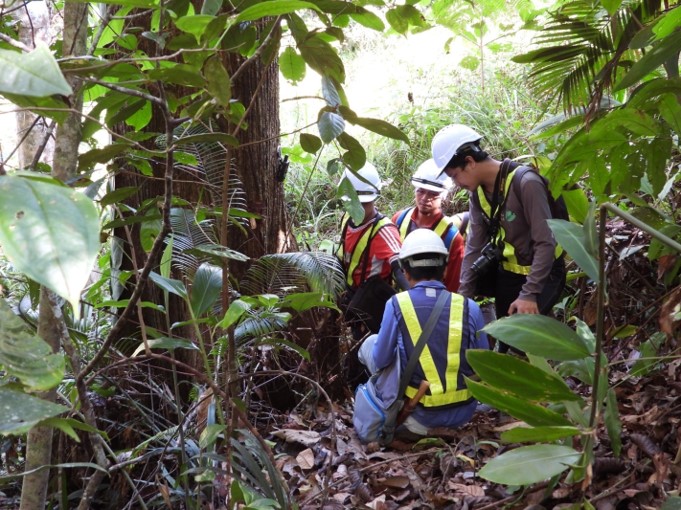
Key achievements
Surveys in Sabah and Brunei have resulted in the collection of seed and seedling material for ex situ conservation of 5 species including Parashorea malaanonan. Data from the surveys was used to update the conservation status of the target species via the IUCN Red List. Partners at OFI in Central Kalimantan have collected and planted over 200,000 individuals of Shorea balangeran into their reforestation sites and are monitoring the seedlings regularly. Information from project partners in Kalimantan and at Bogor Botanic Garden will contribute to the updated conservation assessment for S. balangeran.
In September 2019, a ‘Workshop on the Conservation of Dipterocarpaceae in Borneo’ was held at the OFI Herbarium in Pangkalan Bun, Central Kalimantan. Over 25 participants from the project partner organizations as well as local Indonesian Forestry Department and community conservation organizations gathered together to share project updates, information on the conservation assessment of Dipterocarp species, provide guidance on propagation and planting as well as to hold discussions on regional policy on Dipterocarpaceae management. Participants will use the knowledge from the workshop to improve dipterocarp collection and propagation practices into the second year of the project.
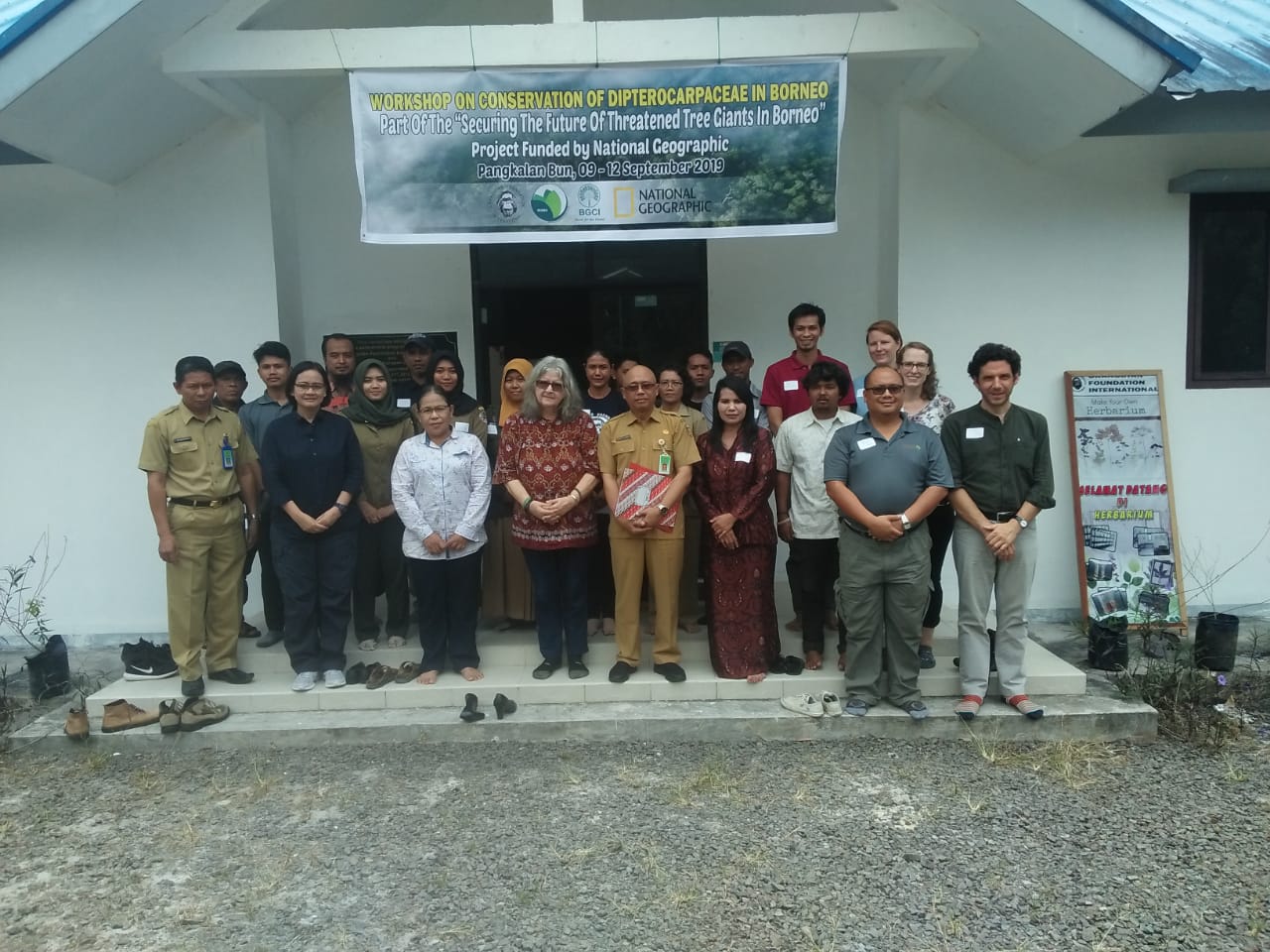
Contact details
For more information on this project, please contact globaltrees@bgci.org